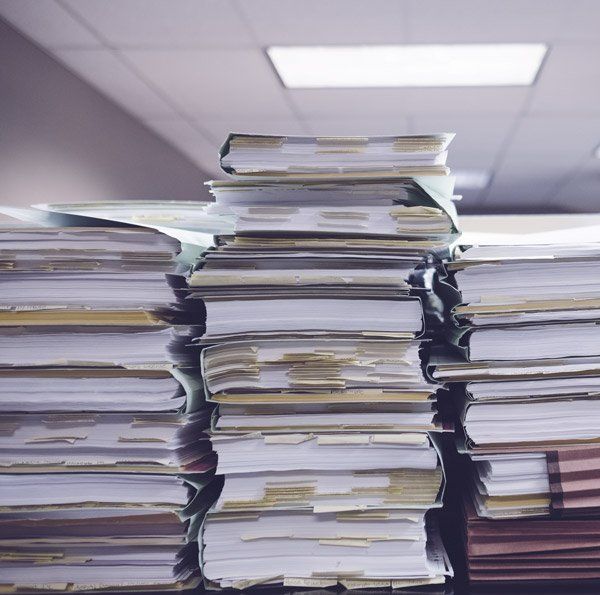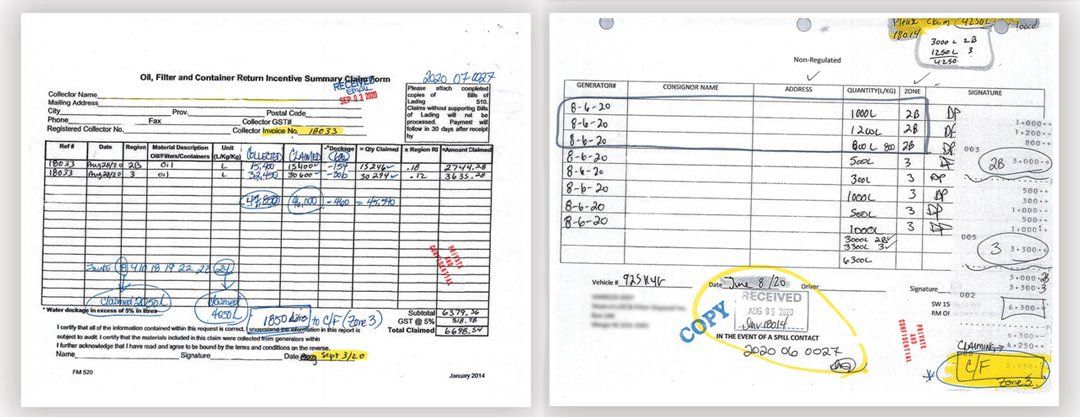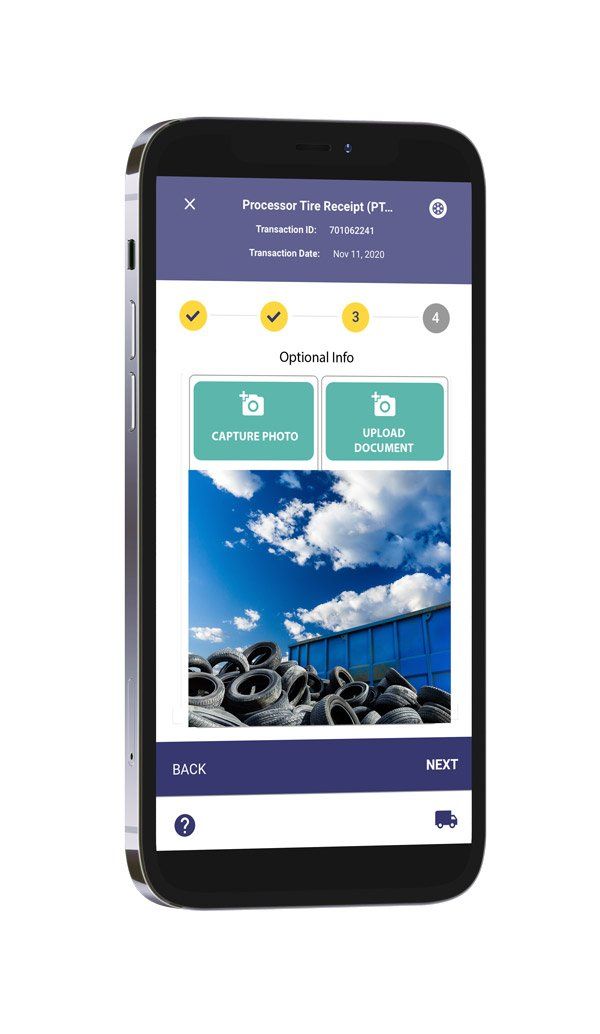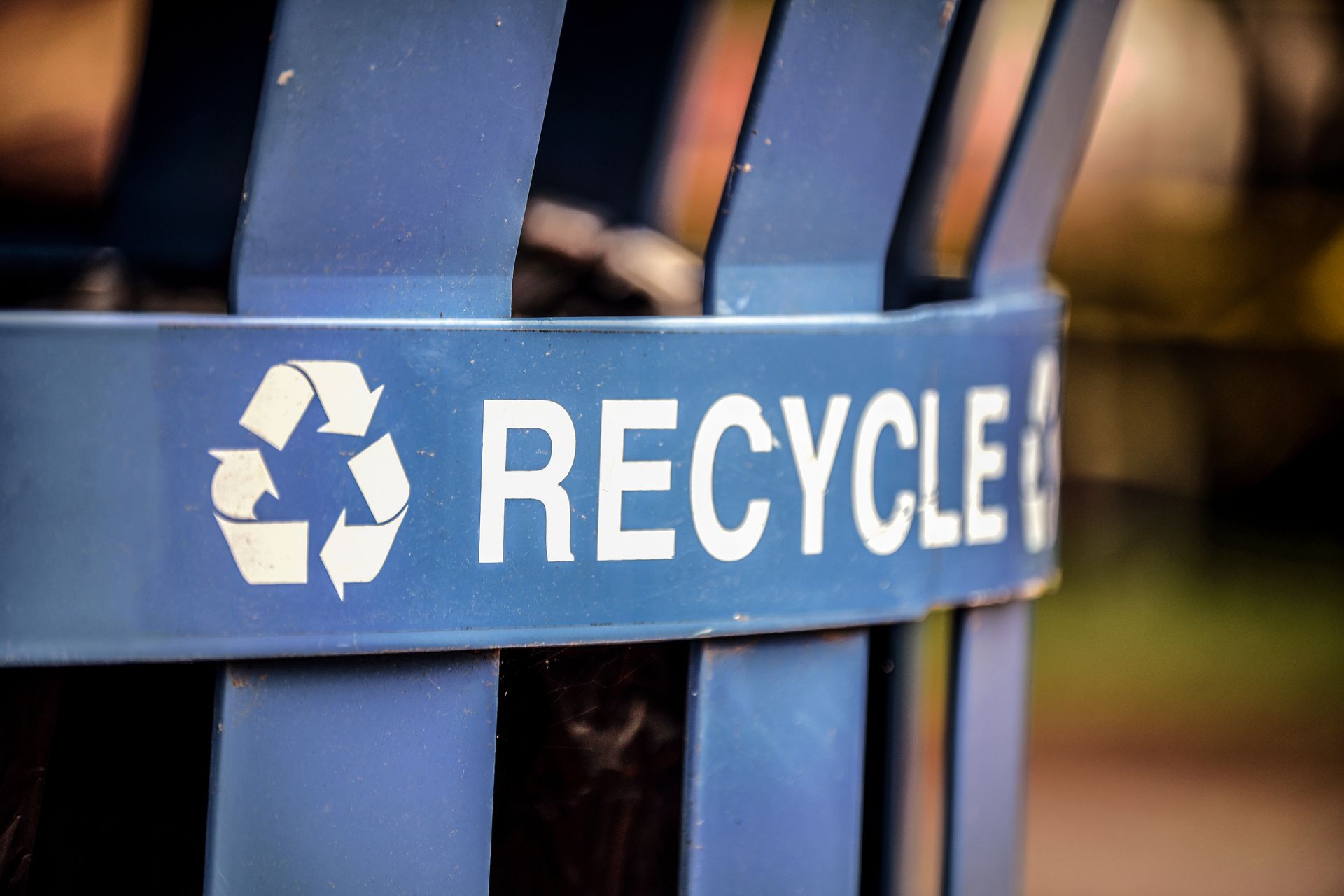MYTH 8: “New solutions come with a cost.”
“Switching to a new software solution means I’ll lose valuable data – and end up paying a big cost.”
This is the eighth and final installment of our myth-busting series. In this series, we explore some common myths in the recycling and waste management industry, explain how these myths came about and why they persist, and share some revolutionary insights that help program managers see things in a better way.
Organizations in the waste and recycling space have a unique challenge. Unlike other businesses that focus purely on revenue, waste and recycling organizations must also meet recovery goals or targets. Failure to do so can come with severe consequences, from compliance fines to loss of the public’s trust.
Given this, it’s easy to see why organizations in the industry are so busy trying to keep things working in the day-to-day. It’s challenging to get your head above water and strategically plan for the future when the pressures of today continue to assert themselves.
Looking Ahead…
Yet, when given an opportunity, leaders in the industry look for ways to increase profitability and efficiency. Already, they try to use resources effectively to improve performance and increase profits; when they can get their head above water, they use that time to try to look ahead.
And, inevitably, the question of switching to a digital solution – especially if today, the program heavily relies on paper – comes up.
Most people are generally aware of the benefits of digitization. They know using a software solution instead of paper can reduce the amount of manual labor and supplies required to make their programs run. They know software reduces errors and automates aspects of their program, as well.
But they also think that switching over to such a solution would be a difficult, lengthy process to manage. They think it comes with complications, headaches, delays or interruptions to business – or even worse, full-stops.
So many in the industry think, “Why bother with the hassle?” After all, there are always more immediate pressures.
And so another month, quarter, or year goes by – and the cycle continues.
Routinely, they may be reminded of the cost of relying on paper, such as:
- Reduced productivity
- High probably of errors
- Reputational damage
- Heightened compliance risks
- Increased travel
- Print infrastructure

But still, it’s easy to think “well, this is working… isn’t it?”
Time for a Paradigm Shift
It’s pretty clear for most of us that this system isn’t really working. But how do we move from recognizing that towards an actual solution?
Well, the paradigm shift is simple.
Rather than focussing on the supposed “problems” with digitizing your solution (we’ll address these later), let’s focus on what it would mean to go digital.
We’ve talked before about the importance of digitizing your program, especially if you’re still relying on paper. Now, let’s review what it means to rely on paper. Then we’ll dive into the top 7 benefits of digitizing and how software directly improves your processes.
Paper in the Recycling and Waste Industry
Do the images below look familiar? Prior to adopting a waste or recycling digital solution like Diversys, this is how many organizations in the industry run their programs.

Here’s how it typically works: once a participant (e.g., a hauler, collector, generator, etc.) completes their step in the recycling process (such as picking up materials or dropping them off at a processing facility), they fill out forms like the ones above to record their work--often in duplicate or triplicate! These forms are then mailed or faxed into the managing organization, who have to manually transcribe and enter the information into a data management tool (like Microsoft Excel or Access).
Data entry errors, missing or illegible forms, delays, and wasted time attempting to manually extract performance analysis from the data are just some of the results. The data that organizations collect from this method is unreliable for decision-making, performance tracking, or reporting purposes. This type of data capture is slow, manual, error-prone, susceptible to fraud and security breaches, not real-time, and not centralized.
On the other hand, going digital means replacing these paper forms with a software system that puts a mobile app in the hands of your participants. They fill out their forms directly on the app (security, error, and fraud safeguards are already built in, so you can rest assured the information is accurate), and then those forms are instantly submitted to you, the program manager. You log in from a web browser and see them – as well as a host of other tools for managing your program – right away, without delays.
Yet the sad reality is, most organizations continue to track the movement of their materials with paper forms like the one above.
Let’s talk about the top 7 benefits of going digital. Considering these benefits will help you break free of the old mindset that limits efficiency, productivity, and performance.
1
Better traceability for full accountability and transparency
When you are dealing with crucial information regarding your waste or recycling program, like pick-up and drop-off activities – especially when they feed into larger reports on your progress towards recovery goals and targets – you want to know where all the information comes from. Sometimes, this means you may need to identify the responsible user if someone made a mistake along the document's "chain of custody." You may also want to control who can access sensitive information. This is next to impossible with paper.
On the other hand, a digital solution provides clear accountability trails for auditing and fixing issues, user access rights, and data security.
Digital solutions make it easy for administrators, such as the people at your organization managing the program, to quickly know who filled out, viewed, or changed forms, and when they did it.
At the end of the day, this means you are in complete control of how (and by whom) your data is collected.
2
Improved and unmatched data quality
We need high-quality data because it allows us to manage services and determine accountability and have confidence in our information, progress towards goals or targets, and our results.
When you collect data using paper forms, there is always the possibility of incomplete, incorrect, or inaccurate entries occurring during manual transcription or double entries being input into another system (like Excel). Poor handwriting or missing data issues accumulate – it may mean one problem today, but it can lead more problems down the road: inaccurate reporting; an inability to know how you are performing against your goals; or even worse, lacking confidence in the data or information you are creating and providing.
This is disastrous from a program management perspective.
Using a program management software can increase data quality, even when resources are limited, because data entry is controlled with thresholds and field validation. This means that you can limit wrong decision-making in your business that are the result of poor-quality data.
3
Lower costs
Dealing with paper is slow, cumbersome and expensive work. By adopting a digital solution, not only are you decreasing your chance of human error – you’re also reducing the amount of time your team has to spend on unnecessary tasks.
We’ve seen organizations with banker’s boxes full of paper, filling up shelves, closets, and warehouses! If the storage of your current paper forms is a concern, digitizing your solution will save you money on your storage as well.
4
Harnessing the Power of Real time data
Access to real-time data is becoming more and more important to all aspects of business. And this makes sense: real-time data enables organizations to understand what’s currently happening so they can make accurate and timely decisions. This is a power harnessed by major, successful corporations – the McDonalds, Starbucks, and Walmarts of the world.
But you don’t have to be a global corporation to take advantage of the power of real-time data. Now, organizations both small and large are implementing real-time data strategies, getting unprecedented visibility on what’s happening in their processes right now.
By using a digital solution to manage your waste or recycling program, you can get real-time data, which is the key to a more proactively managed business and improving operational processes. Your team can check, in real time, what’s happening in the field – so you always see and know at a glance how you are performing against your specific goals.
5
Increased operational efficiency
Curious about how much time paper is wasting in your recycling organization?
According to a recent study, 57% of office workers spend one hour per day searching for missing documents; at the end of the week, quarter, or year, this is significant time loss. And this doesn’t include time spent correct errors or mistakes from illegible or incomplete forms!
Couple that with double data entry, manual data checks and management, printing, distributing, and returning paper forms and you can see how much extra time is devoted to dealing with inefficient paper processes.
Digitizing simplifies all of this, ensuring your team stops wasting time looking for missing forms or information. Instead, with a couple clicks of the mouse, they can find exactly what they’re looking for, know the information is current and not stale or outdated, and create meaningful analyses out of it.
6
Better integration
The tools you’re already using (such as your ERP, CRM, data management, or financial tools) provide you features to help simplify specific business processes. But to maximize the potential of these tools, you need to make them work together. Integrating your business systems and applications enables your team and participants to collaborate and communicate more efficiently, thus increasing productivity.
Using paper, you will need extra steps to get your various tools and systems to talk to each other.
On the other hand, the right digital solution integrates with all your other systems, exchanging data, tasks, and insights.
Digital integration tools provide access to all your data in one place, allowing you to make more informed and timely decisions for your business.
7
More reliable data backups
Traditional document management practices (like using information entered into Excel) encourage the saving of documents on local computers and non-controlled file shares. This means that quite often, data may not be properly backed up.
And unfortunately, we’re often confronted with this weakness in our processes only when it’s too late and data is lost.
A good management tool saves records of all your recycling or waste activities and stores them in one location - significantly improving users’ ability to properly backup and readily retrieve all data.
The Benefits Outweigh the “Problems”
Despite the clear benefits, there are many organizations that fear adopting waste or recycling software to manage their programs, because it seems like it would require a huge overhaul or disruption of their current processes – not to mention a large upfront time and monetary investment.
Different software companies address this concern in different ways, so it’s important that organizations opting for waste or recycling software to thoroughly vet their potential partners. This will help you ensure that the partner you choose understands that your business is recycling or waste management - not technology - and is willing to take on all of the heavy lifting on your behalf.
The hallmark of a good partner is one who offloads all the headaches of adopting software, so you can remain focused on your business and work can continue uninterrupted. As well, any legacy data you might have should be preserved, and if you have other tools that work for you – such as an ERP system, CRM software, or financial tools – they should be seamlessly integrated into with the waste or recycling management software.


About Diversys
Diversys is proud to have its roots in Ontario, Canada - a province widely recognized for its leadership in EPR and sustainability. Since 2019, we've been dedicated to creating innovative software solutions that drive progress toward a world without waste.
Our story is a testament to the power of hard work, customer loyalty, and big ideas. We are committed to empowering organizations with the waste recycling software solutions necessary for achieving a sustainable future. Our cutting-edge software platform is helping organizations achieve their ESG goals, meet reporting obligations, and improve operational efficiency for their recycling programs.
Our commitment to delivering world-class solutions that drive meaningful progress towards waste reduction and a more sustainable future is unwavering. Our team of industry experts is ready to help you navigate the rapidly-evolving waste management landscape as we progress toward a circular economy.






